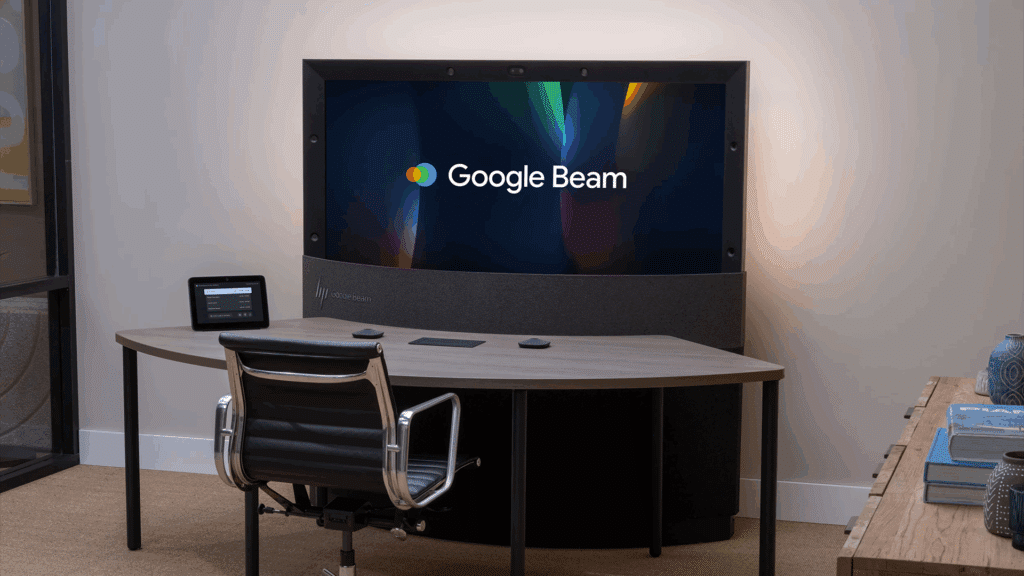The News: Nokia announced a cross-portfolio line up of Fixed Network solutions now available on a Software-as-a-Service (SaaS) basis. The SaaS delivery model aims to reduce IT dependencies, and with a usage-based subscription could deliver up to 25% lower cost of ownership. Read the Nokia Press Release here.
Nokia Uses SaaS to Spur Fixed Networks Portfolio Availability and Innovation
Analyst Take: Nokia’s Fixed Networks applications are already available on cloud-based bare metal servers, making them a compelling, logical candidate for operators to deploy using a SaaS delivery model. Nokia’s Fixed Networks portfolio includes Altiplano Access Controller and WiFi Cloud Controller offerings to ease SaaS adoption. In addition, Nokia provides operational tools for automated activation of end-user fiber modems, predictive care, and network build and management can further incent operators to use SaaS options.
I see operators warming up to using SaaS to accelerate their fixed network deployments and lower their costs. Across the digital ecosystem, organizations are increasingly using SaaS across cloud platforms to simplify charging and billing processes, reduce operational costs, and improve business outcomes. For instance, the SaaS delivery models can enable fixed access operators to offload their IT teams from the implementation demands of traditional software licensing models and free up IT resources to help meet organization-wide strategic objectives and advance broadband innovation in areas such as improving customer experience and advancing monetization objectives.
I anticipate that many operators will plan or need to enlist managed service support to help with the integration, customization, and security requirements of SaaS delivery. From my view, SaaS adoption, both the do-it-yourself (DIY) and third-party support approaches, will prove worth the transition to attain enduring technical and business benefits such as avoiding upfront hardware and installment costs, cloud database flexibility, elastic scaling, and moving away from lock-in licensing arrangements.
Key Takeaways: Nokia Offers SaaS for Fixed Networks Portfolio
Overall, I believe operators can benefit substantially from Nokia’s support of SaaS delivery across its fixed access portfolio lineup, especially in the U.S. market, as I see the U.S. embarking on the largest broadband investment cycle in its history. Up to $130 billion in federal, state, and local subsidies originating from funding sources such as the Competitive Carriers’ Association, the American Rescue Plan Act, the FCC’s Rural Digital Opportunity Fund (RDOF), the Coronavirus Capital Projects Fund, the NTIA, the USDA’s Rural Utilities Service ReConnect loan and grant program, as well as the recently instituted Infrastructure Investment and Jobs Act (IIJA).
As such, I expect fixed networks operators need to use SaaS delivery methods to capitalize more swiftly on the vast array of government-backed funding opportunities in the U.S. market at least, as well as any market where government funds are backing broadband builds. I see a great portion of the funds accelerating fixed networks deployments, particularly fiber, in propagating use cases such as work-from-home (WFH), digital divide closure, HD video, and emerging cloud-based consumer and business applications gain momentum and become staples for all society.
Disclosure: Futurum Research is a research and advisory firm that engages or has engaged in research, analysis, and advisory services with many technology companies, including those mentioned in this article. The author does not hold any equity positions with any company mentioned in this article.
Analysis and opinions expressed herein are specific to the analyst individually and data and other information that might have been provided for validation, not those of Futurum Research as a whole.
Other insights from Futurum Research:
Nokia and Google Smartly Advance 4G/5G Network Slicing
Ericsson, Nokia, and Samsung Do Airtel New 5G Deals in India
Nokia MX Boost Aims to Simplify Multipath Connectivity Across Intricate Industry 4.0 Environments
Image Credit: Mobile World Live
Author Information
Ron is an experienced, customer-focused research expert and analyst, with over 20 years of experience in the digital and IT transformation markets, working with businesses to drive consistent revenue and sales growth.
He is a recognized authority at tracking the evolution of and identifying the key disruptive trends within the service enablement ecosystem, including a wide range of topics across software and services, infrastructure, 5G communications, Internet of Things (IoT), Artificial Intelligence (AI), analytics, security, cloud computing, revenue management, and regulatory issues.
Prior to his work with The Futurum Group, Ron worked with GlobalData Technology creating syndicated and custom research across a wide variety of technical fields. His work with Current Analysis focused on the broadband and service provider infrastructure markets.
Ron holds a Master of Arts in Public Policy from University of Nevada — Las Vegas and a Bachelor of Arts in political science/government from William and Mary.





